What is rockhounding? It’s the hobby of hunting both interesting and rare rocks. Everything from minerals to fossilized rocks can be easily found if you know where to look. Plus, rockhounding is a great outdoor family activity. It satisfies the curiosity and adventurousness in every kid and kid at heart. Here are some rockhounding tips to help make sure your next rock hunting adventure goes well.
What To Pack: Essential Rock Hunting Gear
It’s not necessary to invest in new gear when you go rock hunting. The basic necessities for rockhounding are the same as any other outdoor activity, such as hiking. You’ll want sturdy shoes and plenty of water. If you have(Amazon link) camel packs ($18-60), then fill them up with ice water in the summer. Keep in mind that you’ll primarily be looking for items in areas of exposed rock. That means you’ll have little or no shade. So make sure everyone is wearing hats and sunscreen too.
I also recommend bringing(Amazon link) work gloves ($9-50). Many people carry special(Amazon link) rock hammers (~$20) with them, too, but don’t feel like you need that to get started. If you do take a hammer with you to break rocks in the field, then make sure you wear safety glasses ($1-30). Shattered rock fragments can be very sharp and dangerous, especially to your eyes.
Also, don’t forget to bring a bag to store collected samples. If you carry a backpack, use a separate shoulder bag to store what you collect. It should be something within easy reach and quick to get in and out of.
- Hiking shoes
- Hats
- Sunscreen
- Water
- Bags and backpacks
- Hammer and safety glasses
Make You First Rockhounding Trip An Easy One
For your first few rockhounding trips, try to start with some easy ones. Make your first outings to locations where you’re guaranteed to find interesting things quickly. Depending on where you live, you probably won’t have to drive far. When initially researching locations, try an Internet search for “rock hunting near me” and you should find a few options to get you started.
Also before your trip, show your kids some photos of what they should be looking for and try to help them get some quick early successes. That will help fuel their interest and excitement on future excursions.
Here’s a rock hunting excursion that my family really enjoyed near Salt Lake City. Your kids are guaranteed to quickly find things at this Wonderstone quarry that will fascinate them and look awesome. If you live in the area, it’s just outside of Vernon, Utah.
The State of Utah published this list of rockhounding locations in UT that are accessible and great for families to collect a variety of different things. Check to see if your local government has published a similar collection of places to go rockhounding.
Plan Your Rockhounding Trip Route And Be Prepared To Navigate Without Internet Access
Before your trip, research the route to and from your destination. Explore it with an online map, but make sure you bring physical maps just in case. You can just print out some screens from Google Maps if you don’t already own a set of maps. Also, don’t rely on a GPS route finder. In rural areas, they can lead you onto roads that are not passable via car or that no longer exist. In some instances, people have died blindly following their GPS units. Rescue teams call it Death By GPS.
Don’t Break Any Laws While Rockhounding
If you want to collect rocks on private property, then you must have permission from the property owner. If it is public land, you won’t need permission but you will need to follow some rules.
National Parks, National Monuments, and State Parks do not allow collecting of any kind. Outside of that, most public lands allow rock collecting for personal use. According to the Bureau Of Land Management‘s website, you are allowed to collect 25 pounds per day up to 250 pounds per year. Collecting single specimens larger than 250 pounds requires special permission.
Public land can be leased and claimed for rock and mineral extraction and you will need permission from the property leasee or claimant if you’re hoping to collect on the areas they occupy.
One final note on public lands. If you collect under these public access rules, then you are not allowed to sell what you find. Your rockhounding collection is for personal use only. If you want to make some money collecting and selling on public lands, then you’ll need to apply for the proper permits first.
Pay To Play: Rockhounding At Private Queries
One of the easiest ways to collect rocks is at private quarries. The landowners will allow you to gather rocks from their property for a reasonable fee. Some quarries charge by the pound, others by time. If the quarry charges by time, then ask if you can start with a partial day first. Even just a few hours in an open quarry is physically taxing, especially for children. Ask the quarry if they’ll give you the option to upgrade to the full day rate if it’s going well and you don’t want to leave.
We had a lot of success at a very well known trilobite quarry outside of Delta, Utah, called U-Dig Fossils. Just search for “rock quarries near me” to find some suitable locations near where you live.
What NOT To Collect When You Go, Rock Hunting
You are legally allowed to collect mineral specimens, semi-precious gems, petrified wood, rocks, and invertebrate fossils. Something that’s not on that list is dinosaurs. Do not collect dinosaur bones on public lands. All vertebrate fossils, creatures with bones, are off-limits. You can however collect nonvertebrate fossils including the famous trilobite. Fossilized tracks and tail drag marks by dinosaurs are also off-limits. Take pictures and enjoy them when you find them, but leave them alone.
Also, steer clear of human artifacts and remains. These are protected and even though you may find them lying around, we are prohibited from disturbing them. This includes even simple items like stone tools or arrowheads and shards of pottery.
Establish This Family Rule Early: You Carry What You Collect
Set this expectation firmly and early: You must carry what you collect. Make this a rule for everyone, even for the smaller kids. Make sure they each have a bag and tell them that they can keep what they find IF they can carry it. When you first take your kids out they’ll be tempted to collect everything and anything and make you carry it for them.
Training them in the “you collect it, you carry it” method will not only save your back from breaking, but it will also help them be more discerning in what they choose to bring home.
Easy Rockhounding Tips
I hope you found these rockhounding tips helpful. If you’ve never been rock hunting before, then you don’t know what you are missing. It truly is a fun outdoor activity. If you or your family think hiking is boring, then try rockhounding or geocaching. Having a goal or objective is often the hook they will need to make walking around outside more fun.
To get started, just try an internet search for the phrase “rock hunting near me.” Good luck!
Rockhounding 101: Everything You Need To Know About This Fun Rock Hunting Hobby ... #Rockhounding #RockHunting Share on XRelated Articles:
- How To Virtually Hike the Grand Canyon
- What Is Geocaching? It’s A High-Tech Easter Egg Hunt For Adults
- Geocaching How To – A Quick Start Guide

Frank Wilson is a retired teacher with over 30 years of combined experience in the education, small business technology, and real estate business. He now blogs as a hobby and spends most days tinkering with old computers. Wilson is passionate about tech, enjoys fishing, and loves drinking beer.


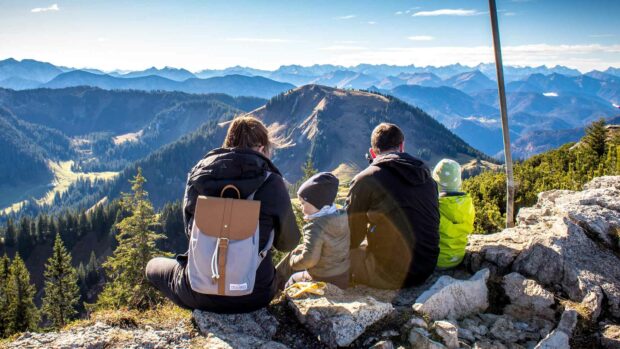
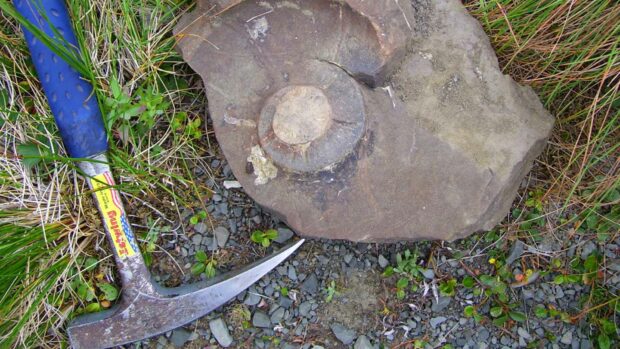


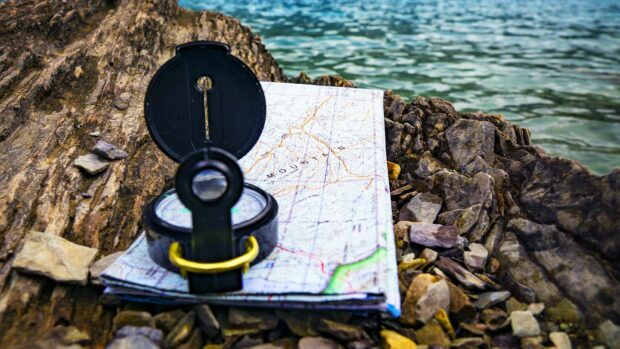


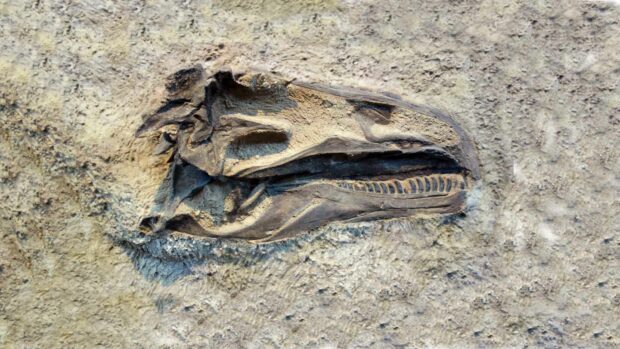
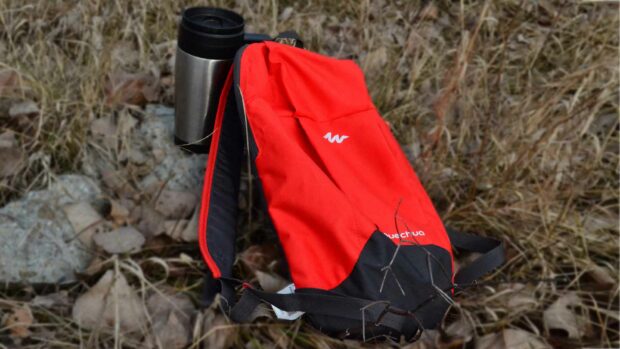
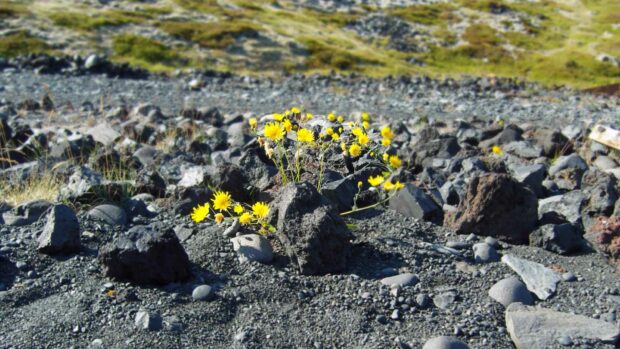





















 How To Easily Manage Ads.txt Files Across Multiple Subdomains
How To Easily Manage Ads.txt Files Across Multiple Subdomains
Leave a Reply
You must be logged in to post a comment.